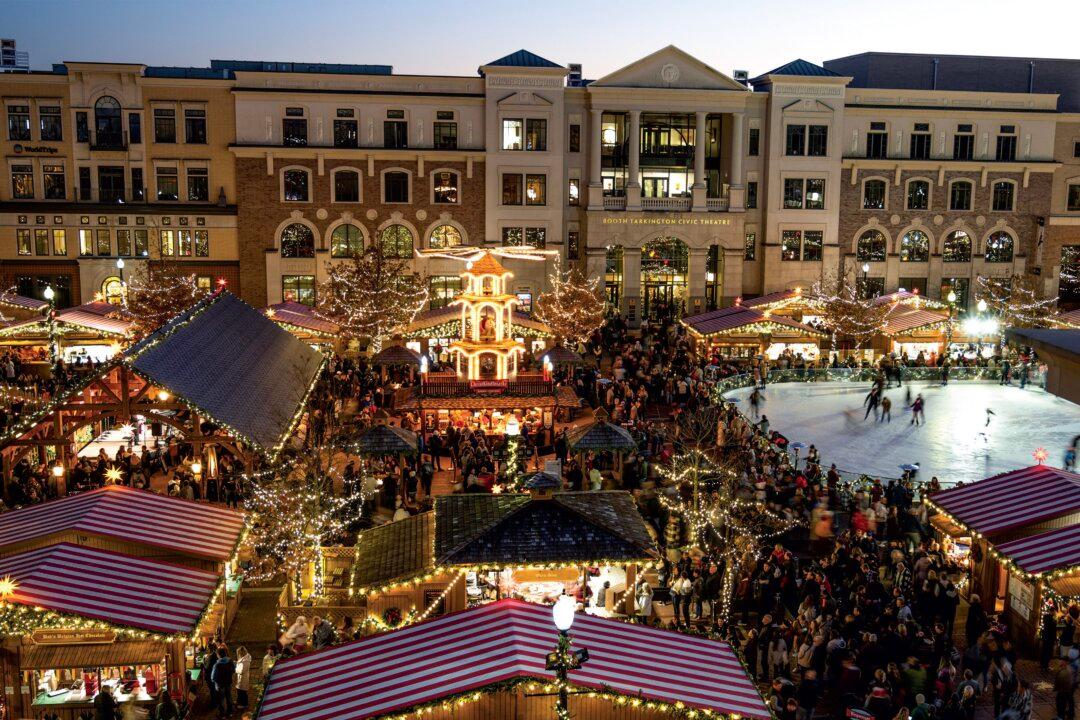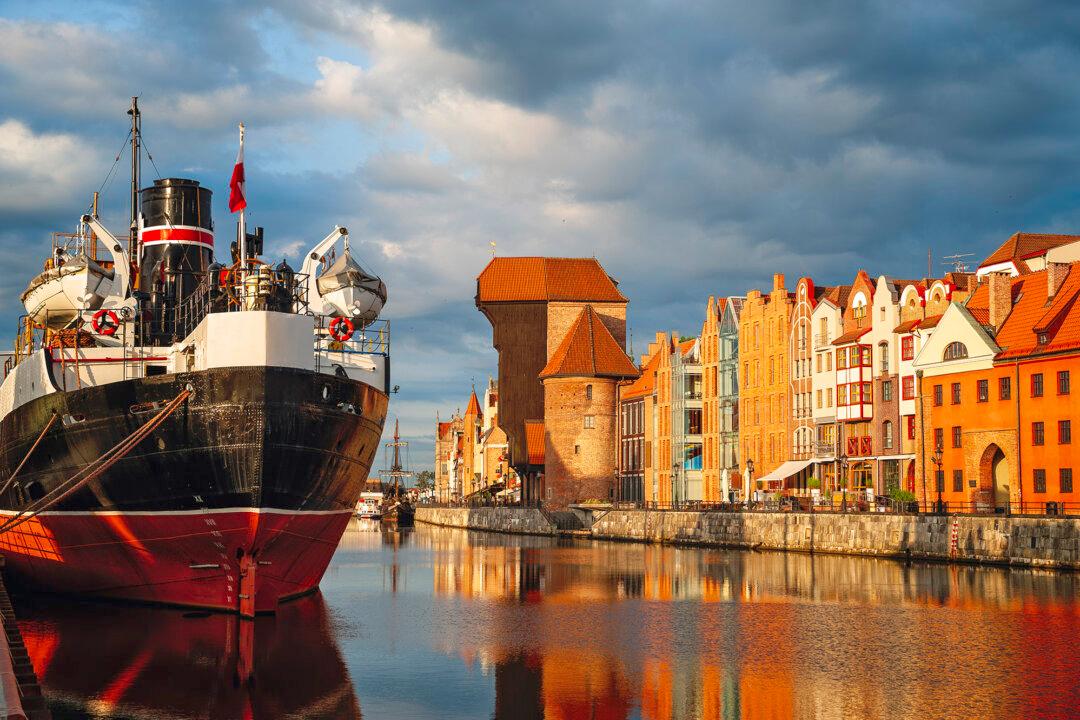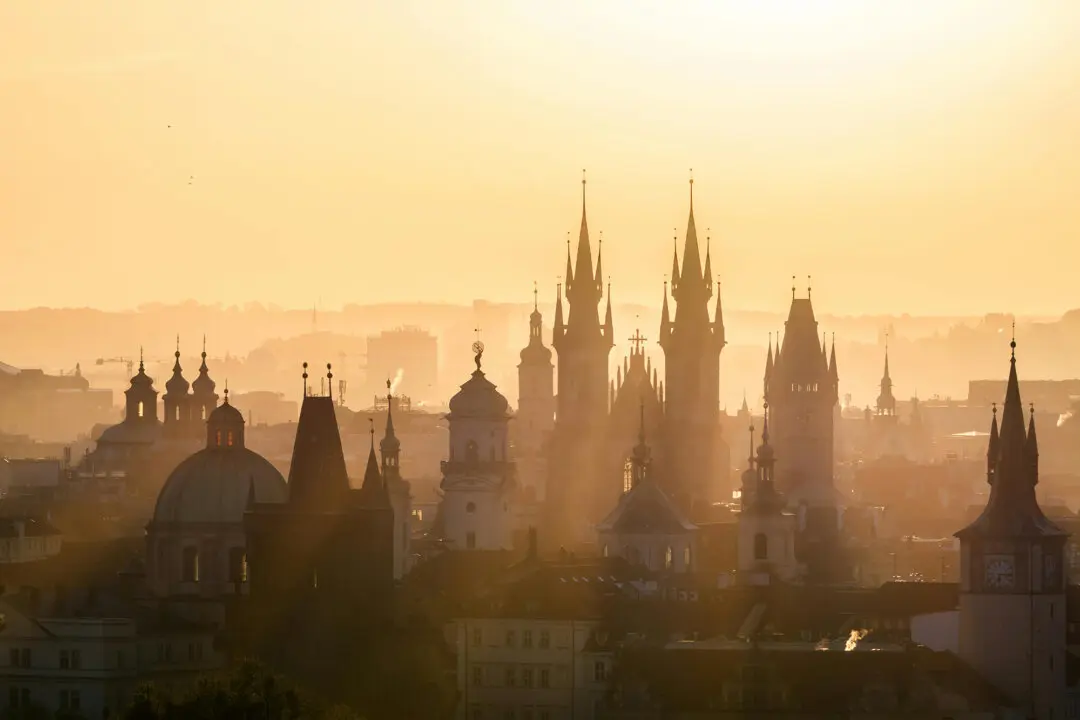ALLEPPEY, India—It’s a world of water. Rolling out through the thick, sultry South Indian air, our double-decker wooden houseboat, the Kookaburra, passes long lines of similar craft, tied up, tires lining the sides as bumpers, all along both shores of the narrow harbor—small, big, single- and double-deckers, finished with both thatch, and newer ones, with glass.
“The government has capped the number of boats allowed here at 2,000,” Eugin tells me, adding that it’s an attempt to preserve the natural environment.





